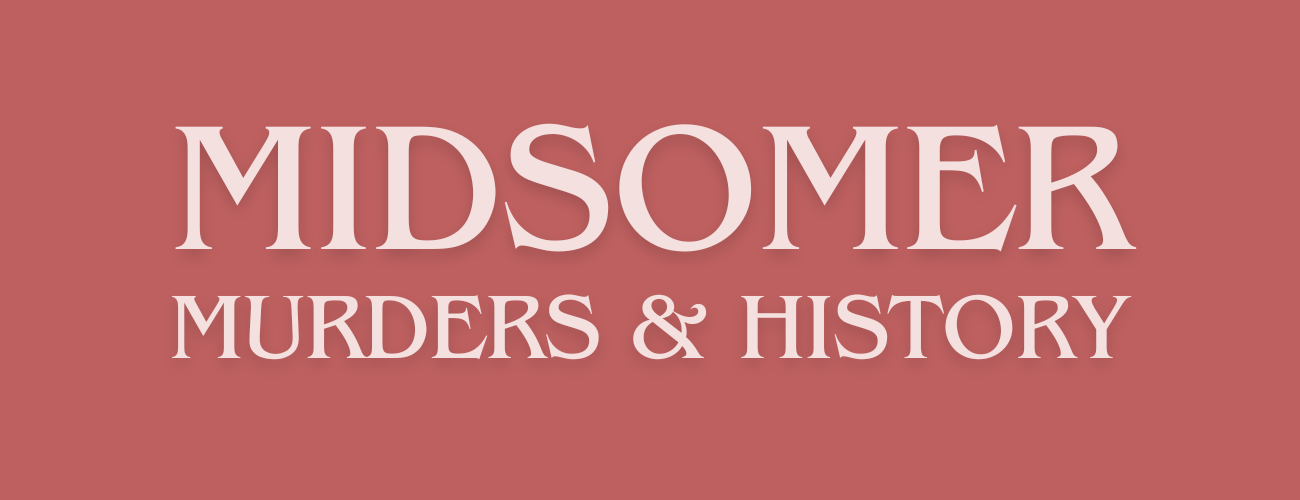Film Location for: Stanton Observatory in Midsomer Stanton („Written in the Stars“)
Film location for Midsomer Murders
The UCL Observatory (UCLO) is a prestigious observatory on Watford Way in Mill Hill. It was used in Midsomer Murders as the location for the Midsomer Stanton Observatory, where the first murder takes place early in the episode during the solar eclipse. We learn later in the episode that local landowner and keen amateur astronomer Tom Stanton had the observatory built in 1936.
The Tudor house has so far been used as a filming location for one episodes of our beloved series, namely
- Stanton Observatory, Midsomer Stanton (S15E03: Written in the Stars)
But let’s take a look at the history first:
The history of the UCL Observatory
In fact, the University College London Observatory was built around this time, in 1929, following an offer from J.G. Wilson, who was looking for a new home for his 24-inch reflector, which had been built by Grubb of Dublin in 1881 and was housed at Dr W.E. Wilson’s observatory in Daramona, County Westmeath, Ireland.
After considering several sites, an agreement was reached with Hendon Urban District Council to lease a site in Mill Hill Park for 999 years at a nominal rent. The London Observatory was built by 1929 at a cost of over £5000. It was opened on 8 October 1929 by the Astronomer Royal, Sir Frank Dyson (1868-1939).
The early years
The main purpose then, as now, was to educate the students of UCL – University College London, Department of Physics and Astronomy. Today it is one of the best-equipped astronomical facilities for student training and research in the UK. It has four historic telescopes housed in permanent domes and several smaller freestanding telescopes.
The second major gift is the Fry Telescope, installed in 1931. The 8-inch refractor with a focal length of 126 was made by Thomas Cooke in 1862. It was donated by H R Fry of Barnett in 1930. Shortly afterwards UCL – University College London – took over the management of the observatory.
The development in the 20th century
The observatory remained closed during the Second World War, and in 1946 all the astronomical instruments that had survived the war were moved to the observatory. The University College London also took over management of the observatory (although the formal renaming from University of London Observatory (ULO) to UCL Observatory (UCLO) took another 60 years, until 2015).
The post-war period also saw some changes. On the one hand, planetary research was discontinued after the annexe was sold in 1999, but on the other, the valuable 8-inch Fry telescope was given a new home in a new building, along with other telescopes.
Open to the public
Good news for all Midsomer Murders astrophysics fans: The Observatory offers free open evenings to the public, every fortnight or so on Friday evenings. There is also a large free car park on Daws Lane. I’m linking you to their offer page here. You can book via Eventbrite.
But they are very popular, so book ahead and plan ahead! There is a guided tour with a brief history of the observatory and telescopes. And if you can get a good weather day (no clouds and ideally no full moon!), you might even get a glimpse of outer space!
The outdoor scenes for Midsomer Murders’ Written in the Stars were filmed at this impressive location.
🤓 Read more about Midsomer Murders & History
The Chronology of Midsomer County by Year or by Episodes
Deep Dives into Midsomer & History
This is an independent, non-commercial project. I am not connected to Bentley Productions, ITV or the actors.

Recommended reading for the history of the UCL Observatory
The University College London Observatory website has a pdf file that not only summarises the observatory’s history, but also includes educational activities, staff and publications from 1928 to 1962. >> Link to the history of the UCL Observatory <<
First published on MidsomerMurdersHistory.org on 22 March 2024.
Updated on 13 September 2025.


1 thought on “UCL Observatory in Midsomer Stanton”